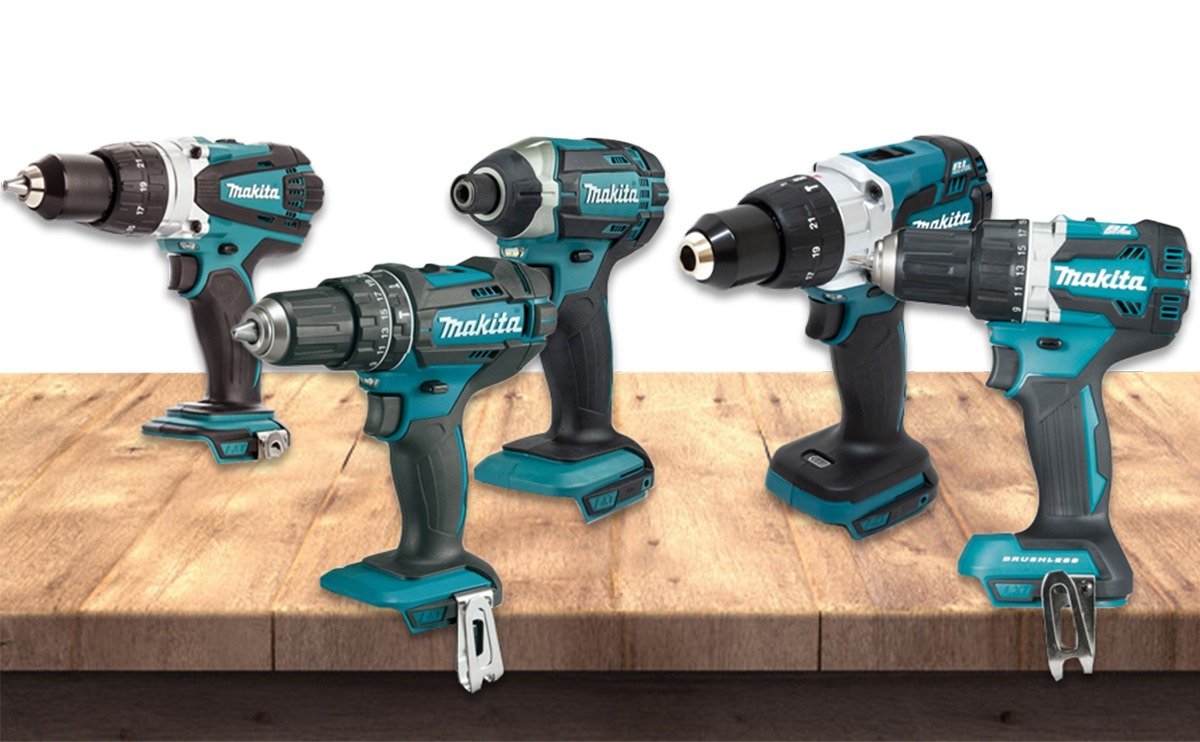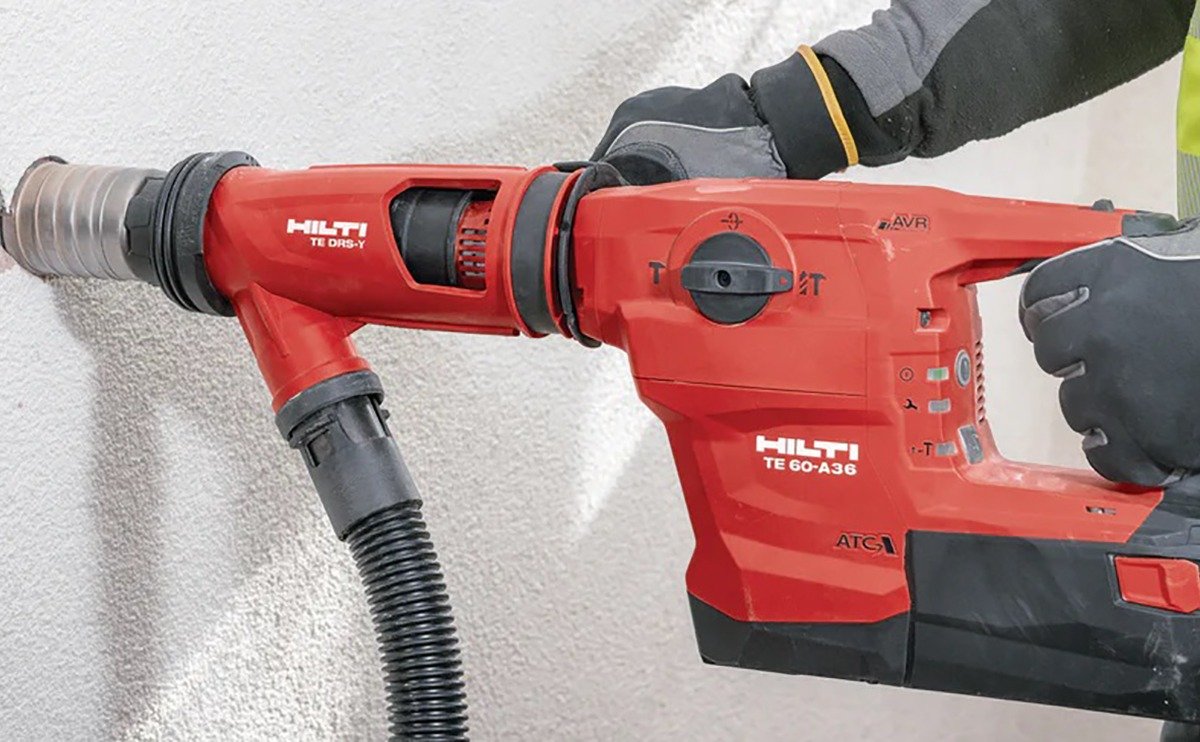Selecting the right battery is about more than just matching the voltage. The discharge rate, or C-rating, is a critical factor that dictates performance, lifespan, and safety, whether you're powering a high-demand angle grinder or a home energy storage system. This guide will break down what the C-rating means and show you how to choose the perfect battery for any application, with a special focus on power tools.
First, What Exactly is a C-Rating?
Think of the C-rating as a multiplier that tells you how quickly a battery can safely release its stored energy. The "C" stands for the battery's capacity, which is measured in Amp-hours (Ah) or milliamp-hours (mAh).
1C: This is the baseline. A 1C rating means the battery can discharge its entire capacity in one hour. For example, a 4Ah battery with a 1C rating can deliver a steady 4 amps (A) for 60 minutes.
3C: This means the battery can discharge at three times its capacity. That same 4Ah battery could now deliver a powerful 12A of current, but it would be drained in just 20 minutes (60 minutes ÷ 3).
High C-Ratings (5C and above): These are the sprinters, designed for applications that need intense, short bursts of power, like racing drones, RC cars, and the most demanding power tools.
The Core Principle: Matching Power to the Task
The C-rating you need is determined entirely by the demands of your device. Using a battery with too low a C-rating is a common mistake that leads to poor performance, overheating, and even permanent damage.
Low-Rate (0.5C to 1C): Ideal for applications with gentle, steady power needs.
Best For: Home energy storage, low-speed electric vehicles (like golf carts), and backup power supplies.
Advantages: Lower cost, longer lifespan (more charge cycles), and higher energy density (more runtime).
Medium-Rate (1C to 3C): The versatile sweet spot for many consumer products.
Best For: Mainstream electric vehicles, many power tools, and portable electronics.
Advantages: A great balance of power, runtime, and cost.
High-Rate (3C and above): Built for maximum power and explosive performance.
Best For: High-performance power tools, drones, and robotics.
Disadvantages: Higher cost, significant heat generation, and a shorter overall lifespan.
A Practical Guide: C-Ratings for Power Tools
Power tools have unique demands: they need massive bursts of power and lightweight design, while extended runtime is often a secondary concern. Here’s how to match the C-rating to your specific tool.
1. Drills & Impact Drivers (2C–3C)
Demands: These tools need stable torque for drilling but also have to handle short, high-current peaks, especially when a screw or bit gets stuck.
Example: Makita 18V drills often use 2C–3C battery packs. This allows them to support peak currents for high-load moments without triggering the battery's protection circuit and shutting down.

2. Angle Grinders & Cutting Tools (5C+)
Demands: Grinders are power-hungry, requiring an extremely high startup current and sustained high power to cut through metal or stone without losing speed.
Example: A DeWalt 20V MAX XR angle grinder needs a 5C battery to deliver the continuous high current it needs. Using a weaker 1C battery would result in a sluggish, ineffective tool and could cause the battery to dangerously overheat and swell.
3. Rotary & Demolition Hammers (5C–8C)
Demands: These tools deliver intense, pulsing impacts, requiring a battery that can handle extreme, repetitive bursts of energy without faltering.
Example: The Hilti TE 6-A36 rotary hammer uses a 6C battery (often LFP chemistry for heat resistance) to support 30A pulse currents, ensuring maximum impact force with every strike. A standard battery simply can't provide this level of instantaneous energy.
4. Heat Guns & Vacuums (1C–2C)
Demands: Unlike cutting tools, these devices prioritize runtime over raw power. They draw a sustained, medium current without major power spikes.
Example: A Bosch 18V vacuum is perfectly suited for a 2C, 4.0Ah battery, which balances a long runtime with moderate power. Using a 5C battery would be a waste of money, as high-rate batteries often have less capacity.
5. Garden Tools: Chainsaws & Mowers (4C–5C)
Demands: A chainsaw needs immense torque to start a cut and power through thick wood without stalling. These tools also need to perform reliably in varying outdoor temperatures.
Example: A STIHL 36V cordless chainsaw relies on a 5C battery pack to support a 40A discharge, ensuring the chain won't bog down in a tough cut. A low-rate battery could cause the tool to stall or even burn out the motor.
Key Factors to Consider When Choosing Any Battery
Beyond the specific application, several trade-offs are at play:
Energy Density vs. Power Density: This is the classic trade-off of runtime vs. horsepower. High C-rate batteries are built for power and often sacrifice some energy density (runtime) to achieve it.
Temperature Management: High-rate discharging generates heat. This heat is the enemy of battery health. For high-performance tools and devices, a well-designed cooling system (in the tool or battery) is crucial.
Lifespan & Cost: Pushing a battery to its maximum C-rating consistently will accelerate its aging. High-rate batteries also use more expensive materials, making them pricier upfront. You must weigh the need for performance against the long-term replacement cost.
Brand-Name Specs: Brands often use marketing terms to describe power. For instance, Milwaukee's "High Output" batteries use powerful 5C cells, while their standard versions use 3C cells.
Risks of Poor-Quality Batteries: Be wary of cheap batteries with inflated C-ratings. A battery advertised as 3C might only perform at a 1C level, leading to poor tool performance and creating a serious fire hazard from overheating.
Quick Selection Chart for Power Tools
| Tool Type | Recommended C-Rating | Best Battery Type | Reason |
| Drill/Screwdriver | 2C–3C | Ternary Lithium | Balances runtime with instantaneous torque. |
| Angle Grinder/Cutter | 5C+ | High-Rate Ternary Lithium | Withstands instantaneous high loads. |
| Rotary/Demolition Hammer | 5C–8C | LFP or Power-Ternary | Tolerates pulse currents and high temperatures. |
| Heat Gun/Vacuum | 1C–2C | High-Capacity Ternary Lithium | Suited for long-duration, medium-to-low power use. |
| Chainsaw/Mower | 4C–5C | High-Temp Ternary Lithium | Meets outdoor high-torque demands. |
Final Advice
Ultimately, the right choice depends on your needs. For general DIY tasks and tools without extreme power demands, a 2C to 3C battery is often sufficient. For professional use with high-drain tools like grinders, demolition hammers, and chainsaws, a 5C or higher rating is a must.
Pro Tip: Don't just trust the marketing. Check the battery's spec sheet for its "continuous discharge current" (e.g., 20A). To find the true C-rating, divide this number by the battery's capacity in Amp-hours (e.g., 20A ÷ 4Ah = 5C). This simple calculation will tell you exactly what you're getting.


